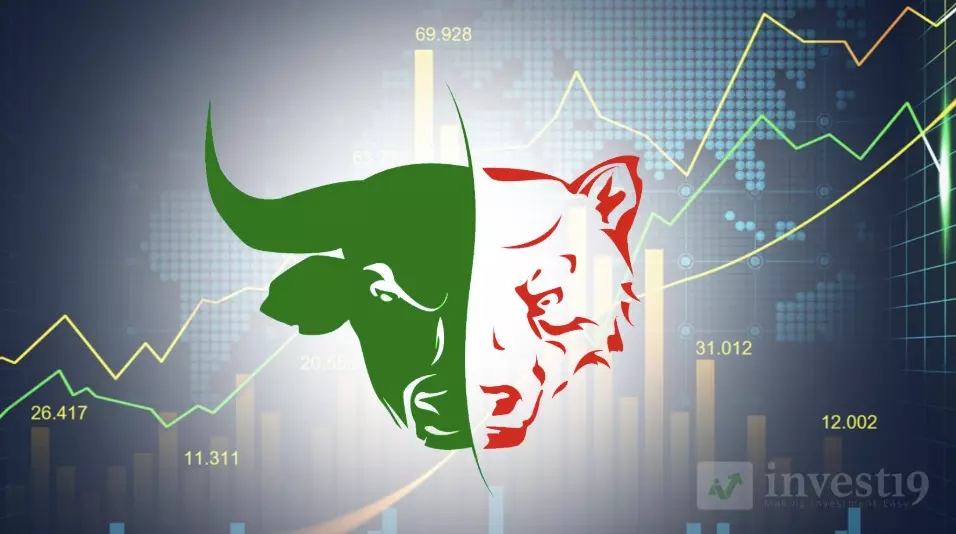Sensex 2025: Will India's market soar to 105,000 or brace for a slowdown?
Sensex 2025: Will India's Market Soar to 105,000 or Brace for a Slowdown?

In December 2024, Morgan Stanley projected that India's benchmark Sensex could reach 93,000 by December 2025 in their base case scenario. They also outlined a bull case where the Sensex might climb to 105,000, and a bear case with a potential decline to 70,000. These projections were based on factors such as strong earnings growth, macroeconomic stability, and robust domestic capital inflows. Morgan Stanley remained optimistic about India's economic trajectory, citing expectations of a significant pickup in growth in the first half of 2024 and a rebound in earnings.
As of February 11, 2025, the Indian stock market has experienced a series of developments that have influenced its trajectory. In December 2024, the market faced challenges due to weakened consumer demand and corporate earnings. A Reuters poll predicted that the Sensex might increase by 9% by the end of 2025, with varied forecasts reflecting global uncertainties. Analysts noted India's continued appeal for top returns despite growth challenges, with expectations for earnings growth being moderate. Goldman Sachs predicted a 13% growth based on lower GDP expectations. However, analysts remained cautious about the equity market due to high valuations and increased share supply from IPOs. Domestic investors heavily invested in equity funds, compensating for reduced foreign investments. A significant oil agreement between Reliance and Russia also garnered attention.
REUTERS
In January 2025, Indian shares rose as U.S. inflation relief boosted Federal Reserve rate cut bets. The Nifty 50 increased by 0.35% to 23,296.7 points, while the BSE Sensex rose by 0.3% to 76,955.96 points. Eleven out of thirteen major sectors advanced, with small-cap and mid-cap indices rising nearly 1.5% each. Asian markets also advanced, with the MSCI Asia ex-Japan index gaining 1.2%. Analysts noted that U.S. core inflation increased less than expected, elevating expectations of more rate cuts by the Federal Reserve, making emerging markets like India more attractive for foreign investment. Traders anticipated two rate cuts by the Federal Reserve in 2025. HDFC Life increased by 9.9% after reporting higher fourth-quarter profits, and L&T Technology Services rose by 7% after raising its revenue forecast for fiscal year 2025.
REUTERS
However, in the same month, HSBC downgraded its rating on Indian equities to "neutral," citing a slowdown in cyclical growth and elevated valuations that limit short-term market gains. The brokerage cut its end-2025 target for the BSE Sensex by 5% to 85,990, suggesting a 10% upside from current trading levels. This move reflected tempered optimism from global brokerages about India's economic and corporate activity, following similar downgrades by Goldman Sachs and Bernstein Quants the previous year. Despite India's forecast of 6.4% annual growth for the financial year ending in March, its slowest in four years, challenges persisted. Banks faced credit demand issues due to central bank policies, technology sector growth was weak, and urban consumption remained muted. However, some brokerages like Citi and Morgan Stanley remained positive, expecting double-digit returns. Indian equities were also considered relatively insulated from global uncertainties and might benefit from potential trade policy changes under the incoming U.S. administration.
REUTERS
In December 2024, inflows into India’s equity mutual funds surged by approximately 15%, totaling 411.56 billion rupees ($4.8 billion) compared to the previous month's 359.43 billion rupees. This increase marked the second-highest monthly inflow ever and extended a record streak of 46 consecutive months of inflows, according to the Association of Mutual Funds in India (AMFI). Despite a 2% drop in the NSE Nifty 50 and BSE Sensex, small-cap and mid-cap segments saw increases of 0.6% and 1.4%, respectively. Small-cap and mid-cap funds specifically saw inflow increases of 4.3% and 13.5%, while large-cap funds experienced a 21% decrease. Sectoral and thematic funds doubled their inflows month-on-month to 153.32 billion rupees, bolstered by the launch of 12 new funds. Contributions to systematic investment plans reached a record high of 264.59 billion rupees for the 17th time in 18 months.
REUTERS
December has historically been a strong month for the Indian stock market, with a 73% probability of positive returns over the past 26 years. This month often delivers optimism driven by portfolio rebalancing, festive season boosts, and active participation by foreign investors. Over the last 26 years, the Nifty index has shown an average December return of 3.19%, with a median of 2.58%. Positive returns dominate, with the highest recorded at 16.38% in 2003. Even though December has been favorable most years, a few exceptions, such as 2011 (-4.30%) and 2022 (-3.50%), remind investors to remain cautious. Historical trends show that the top-performing sectors during December include consumer goods, IT, and banking and financial services.
ANGEL ONE
As of early 2025, the Indian stock market faces a mix of optimism and caution. While projections like those from Morgan Stanley highlight potential growth, actual market performance will depend on various factors, including global economic conditions, policy changes, and unforeseen events. Investors are advised to stay informed and consider a diversified approach to navigate the evolving market landscape.

